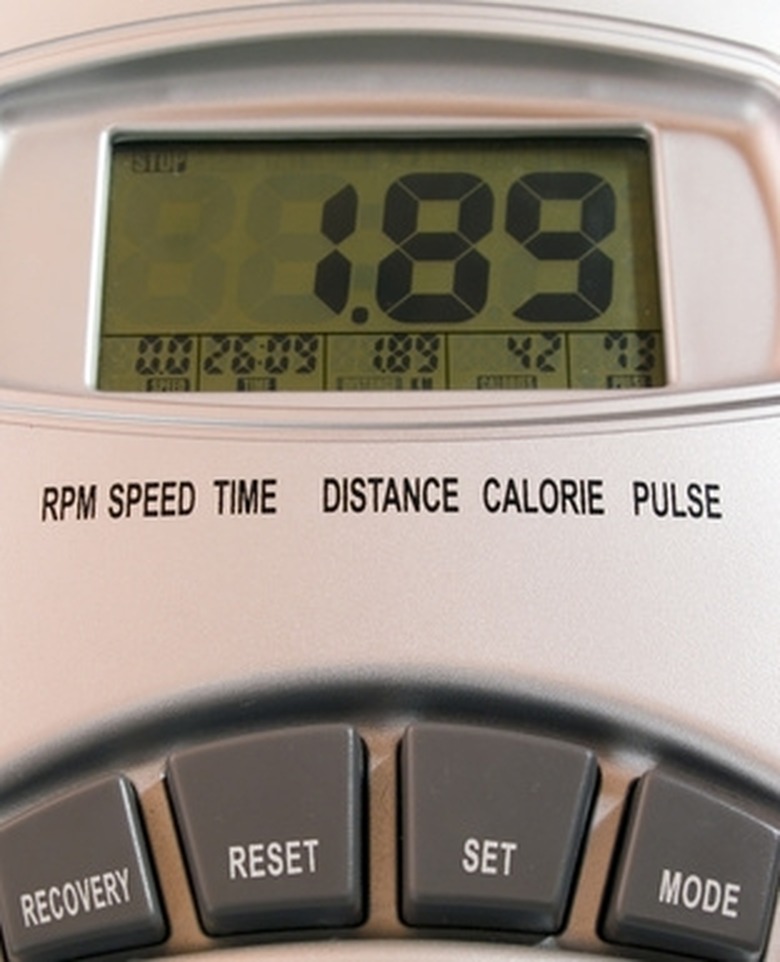How To Use A Frequency Counter
Of the things you'll find on a technician's workbench, a frequency counter is one of the easiest to use. Their main purpose, measuring frequency, is done by setting a few front panel switches. Spending a few minutes with a frequency counter and a test oscillator will show you what you need to know.
Step 1
Connect oscillator to frequency counter using the BNC cable.
Step 2
Turn oscillator and frequency counter power on.
Step 3
Select a pure, unmodulated waveform from the oscillator: sine, triangle, or pulse.
Step 4
Set the oscillator's amplitude (output level) about halfway. Set its frequency to about 1000 Hz.
Step 5
Set the frequency counter to the lowest frequency range. Set its gate to one per second. If it has a frequency/period mode, set it to frequency.
Step 6
If the frequency counter has a "Hold" button, press it. The display should hold the same count. Press "Hold" again to resume normal operation.
Step 7
Change the counter's mode to "Period," if it has that mode. It should now display a time interval of about .001 seconds.
Step 8
Change the oscillator frequency. The counter should show the new frequency momentarily.
Step 9
Change the "Gate" setting. The display should update less often but with higher resolution.
Things Needed
- Frequency Counter
- Oscillator or Function Generator
- Cable with BNC female connectors at both ends
TL;DR (Too Long; Didn't Read)
For best performance, give the frequency counter a few minutes of power-on time to stabilize before use.
References
Cite This Article
MLA
Papiewski, John. "How To Use A Frequency Counter" sciencing.com, https://www.sciencing.com/use-frequency-counter-5022745/. 24 April 2017.
APA
Papiewski, John. (2017, April 24). How To Use A Frequency Counter. sciencing.com. Retrieved from https://www.sciencing.com/use-frequency-counter-5022745/
Chicago
Papiewski, John. How To Use A Frequency Counter last modified March 24, 2022. https://www.sciencing.com/use-frequency-counter-5022745/
